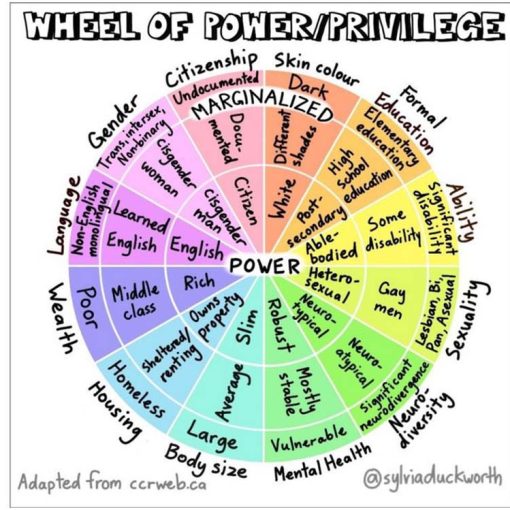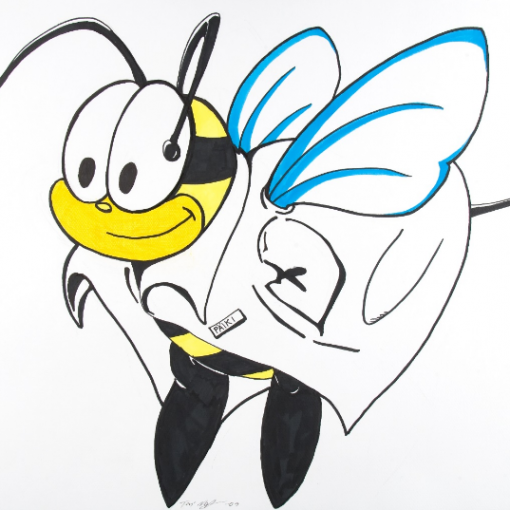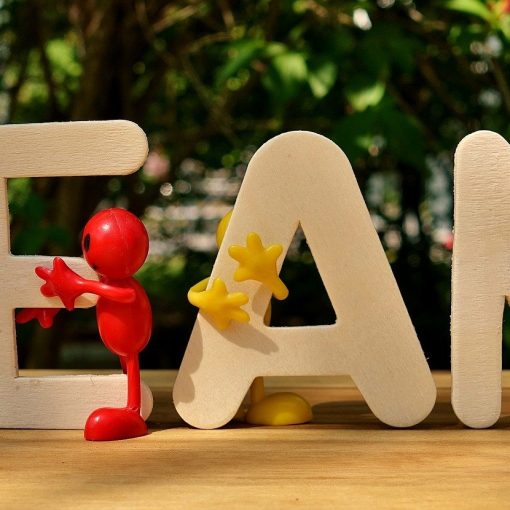It´s amazing to notice aseptic technique in human and animal wound care is quite similar. It became obvious in Haavanhoitoon erikoistunut osaaja post-graduate education in LAB. During the education there were notifications such as wounds of various etiology are commonly seen in veterinary practice as well (Liptak 1997, Yagi 2020). The key to good wound management is to provide it with optimal conditions for healing which in its turn will provide fastest recovery. At the same time, while the healing process cannot be accelerated, the delay is usually preventable (Aspinall & Ackermann 2016). The caregiver performing wound care is responsible for doing it with the goal of promoting wound healing and good aseptic technique is an essential prerequisite for that (Juutilainen & Hietanen 2021). Therefore, it could be said that good wound care starts with understanding and correct use of aseptic technique.
![[Alt text: A huge dog as a patient, getting his leg wrapped at veterinarians'.]](https://blogit.lab.fi/labfocus/wp-content/uploads/sites/8/2022/06/387_2022_Aseptic-technique-in-human-and-animal-wound-care-1024x652.jpg)
The importance of aseptic technique in wound healing
The significance of aseptic technique is not limited to a single patient, as it also can influence the national health (Juutilainen & Hietanen 2021, 125). The aim of the aseptic approach is to prevent infection and its spread from occurring. One of the examples of failure of aseptic approach is microbial contamination of the wound procedure area (Rintala & Kurvinen 2019). Then infection and other associated complications can occur. As a result, the use of antimicrobial medication might be indicated in order to treat an infected wound along with appropriate wound care products (Juutilainen & Hietanen 2021).
Growing antimicrobial resistance is one of the most significant health threats worldwide (WHO 2022). In veterinary care the antimicrobial resistance has been increasing at an alarming rate throughout the past years (Ministry of Agriculture and Forestry 2019). The onset or the lack of wound infections can be influenced by the medical staff. Improving the level of hygiene along with aseptic technique within veterinary settings can be one of the ways of preventing infections and the spread of antimicrobial resistance in animals. (Ministry of Agriculture and Forestry 2019, WHO 2022).
Correct aseptic wound care consists of good hand hygiene, appropriate use of protective equipment, and thorough planning of the procedure (Juutilainen & Hietanen 2021). The appropriate use of aseptic approach and maintenance of high hygiene standards also help to prevent healthcare-associated infections, which are the infections that were not present upon patient’s admission to the hospital (Ministry of Agriculture and Forestry 2019).
Performing wound care
Wound care procedures should be planned, necessary equipment should be set out in preparation and a procedure room is to be clean, quiet and have enough light. Standard precautions should be implemented in every patient’s care. Standard precautions imply the use of aseptic technique, hand hygiene, appropriate use of personal protection equipment, timely cleaning of secretions, prevention of needle stick and cutting injuries, and maintenance of overall tidiness. When appropriate, droplet, contact or airborne precautions are to be used. Clean wounds are to be tended first and infected wounds should be taken care of last, in accordance with aseptic planning (Ministry of Agriculture and Forestry 2019, Juutilainen & Hietanen 2021).
Conclusion
The aim of this assignment was to raise awareness of the importance of aseptic approach when taking care of a veterinary wound. As a result clear figurative guidelines for good aseptic technique were made and they will be deployed at Espoo animal hospital to increase knowledge of aseptic approach in wound care.
Authors
Anna Smirnova, RN nurse amk, works at Evidensia Animal Hospital at Espoo and studied at Haavanhoitoon erikoistunut osaaja post-graduate education in LAB University of Applied Sciences.
Sari Nieminen is a Senior lecturer in LAB University of Applied Sciences and acts as a supervisor teacher in Haavanhoitoon erikoistunut osaaja post-graduation education.
References
Aspinall, V. & Ackermann, N. 2016. Aspinall’s Complete textbook of veterinary nursing. 3rd edition. Elsevier.
Juutilainen, V. & Hietanen, H. 2021. Haavanhoidon periaatteet. Helsinki: Sanoma Pro.
Liptak, JM. 1997. An overview of the topical management of wounds. Australian veterinary journal, 75(6), 408–413.
Ministry of Agriculture and Forestry. 2019. Veterinary hygiene – a guideline for veterinary practices. Cited 20 May 2022. Available at https://julkaisut.valtioneuvosto.fi/bitstream/handle/10024/161979/MMM_2019_29.pdf?sequence=1&isAllowed=
Rintala, E. & Kurvinen, T. 2019. Pientoimenpiteiden aseptiikka. Suomen Lääkärilehti 2019: 74, 1944–48.
WHO. 2022. WHO Strategic Priorities on Antimicrobial Resistance. Cited 20 May 2022. Available at https://www.who.int/publications/i/item/9789240041387
Yagi, K. 2020. That’s a wrap! Wound management tips for veterinary technicians and nurses. Firstline (Lenexa, Kan.). 16 (2), 6–6.




